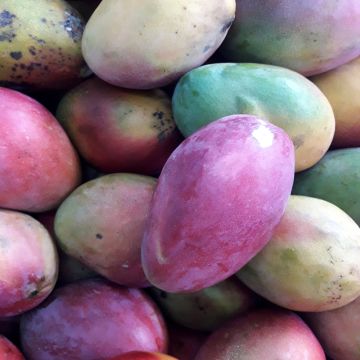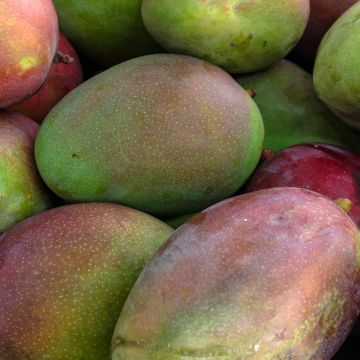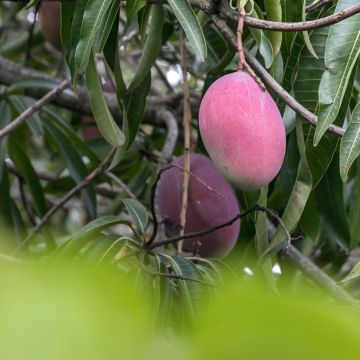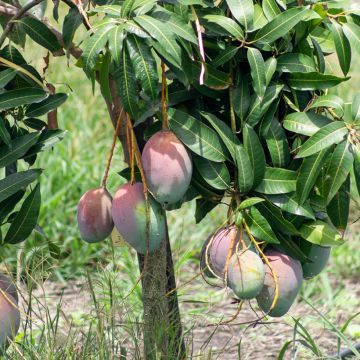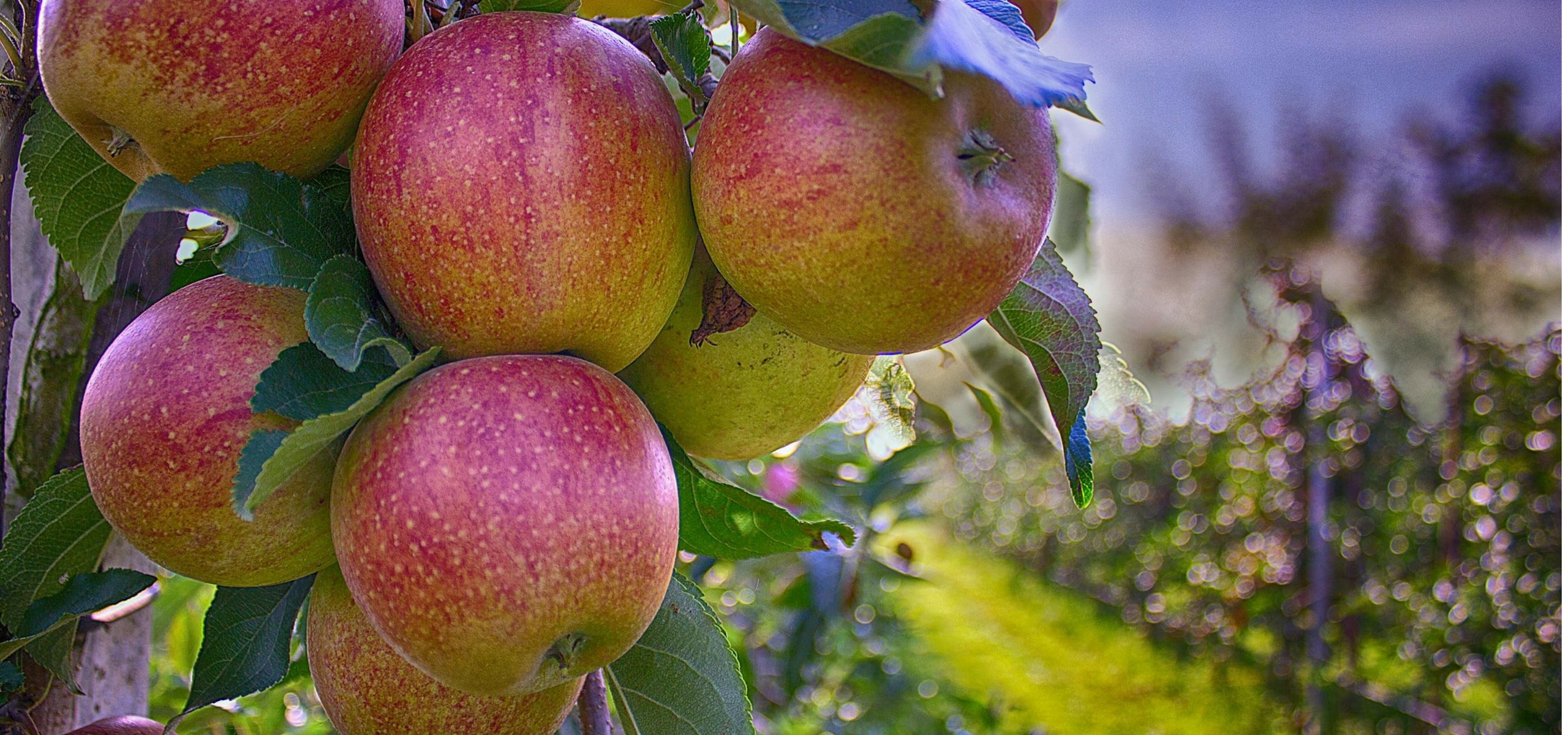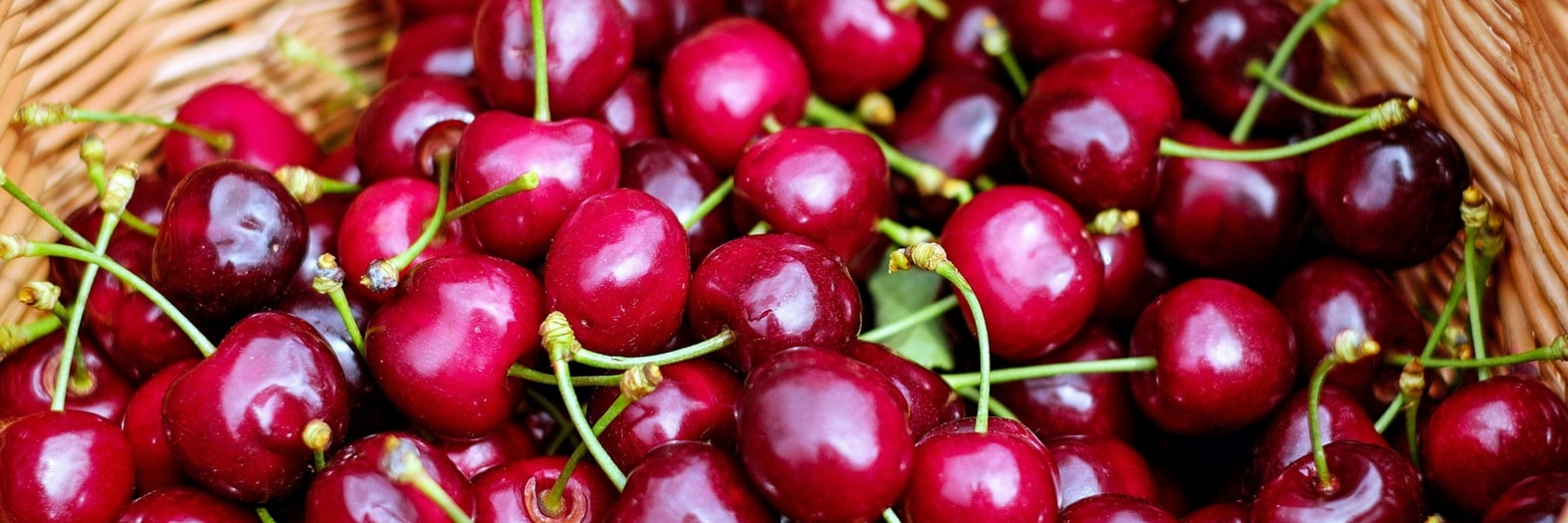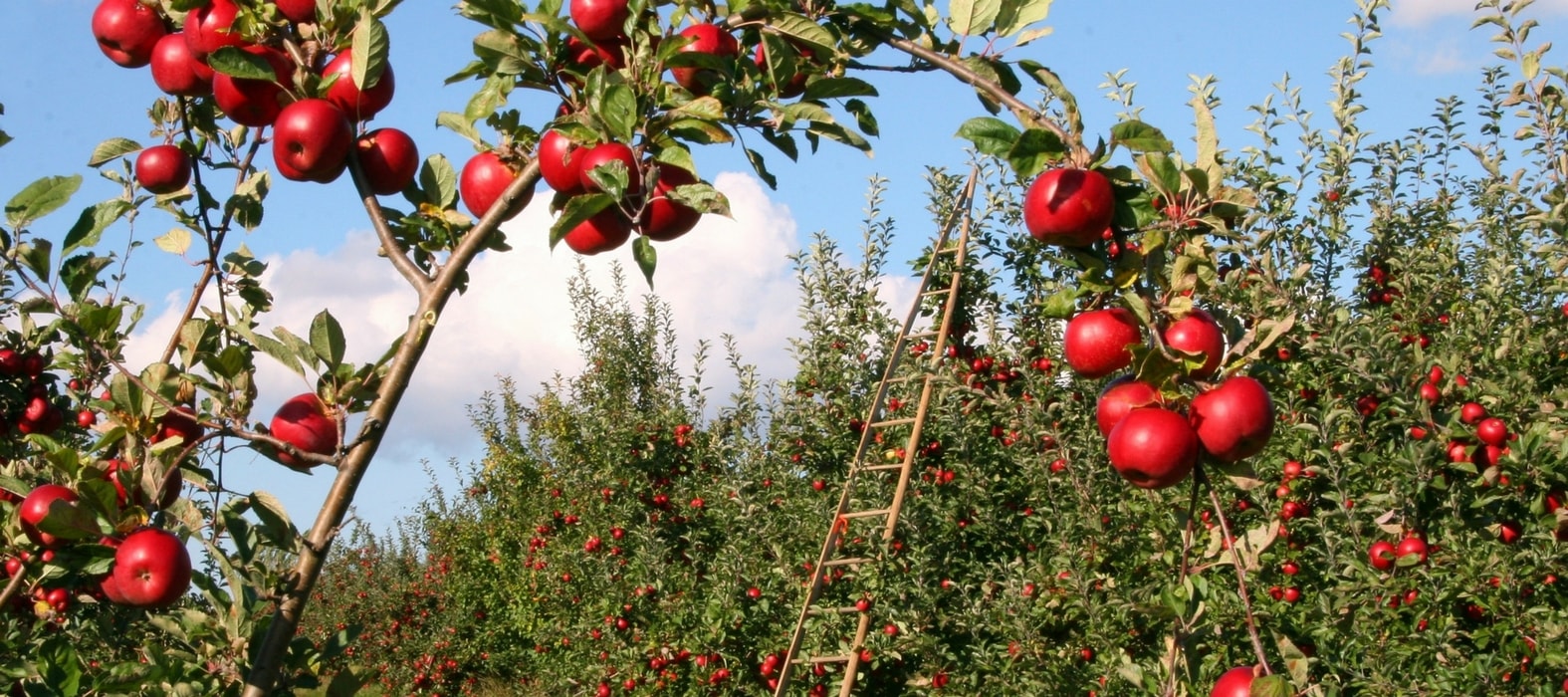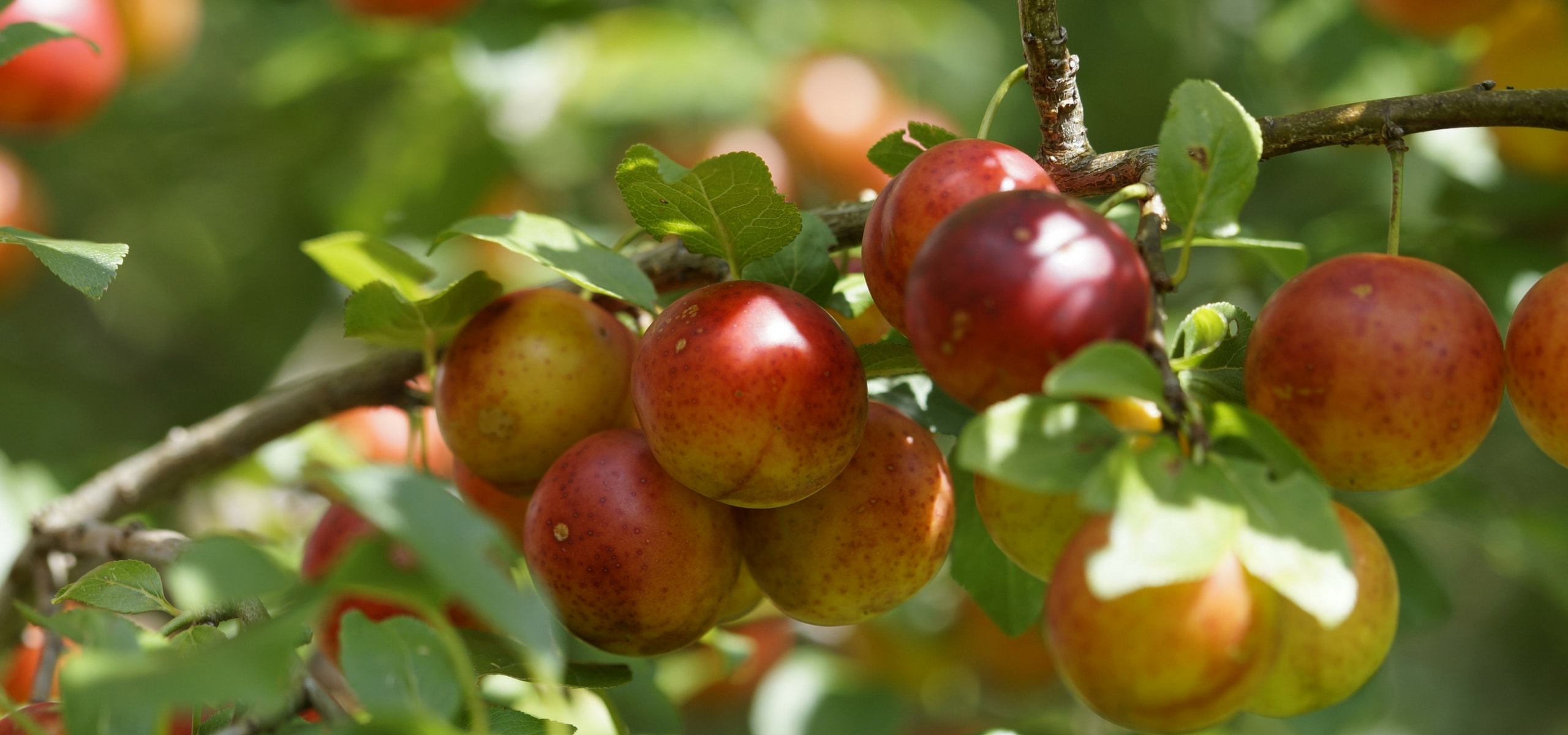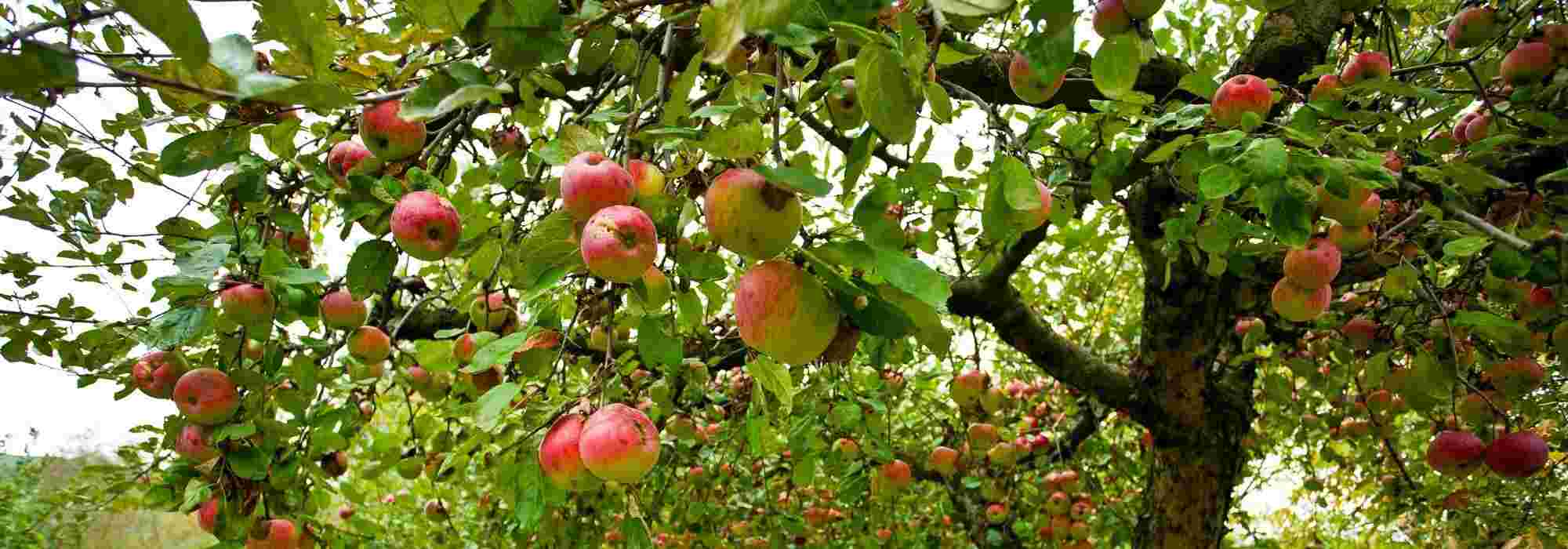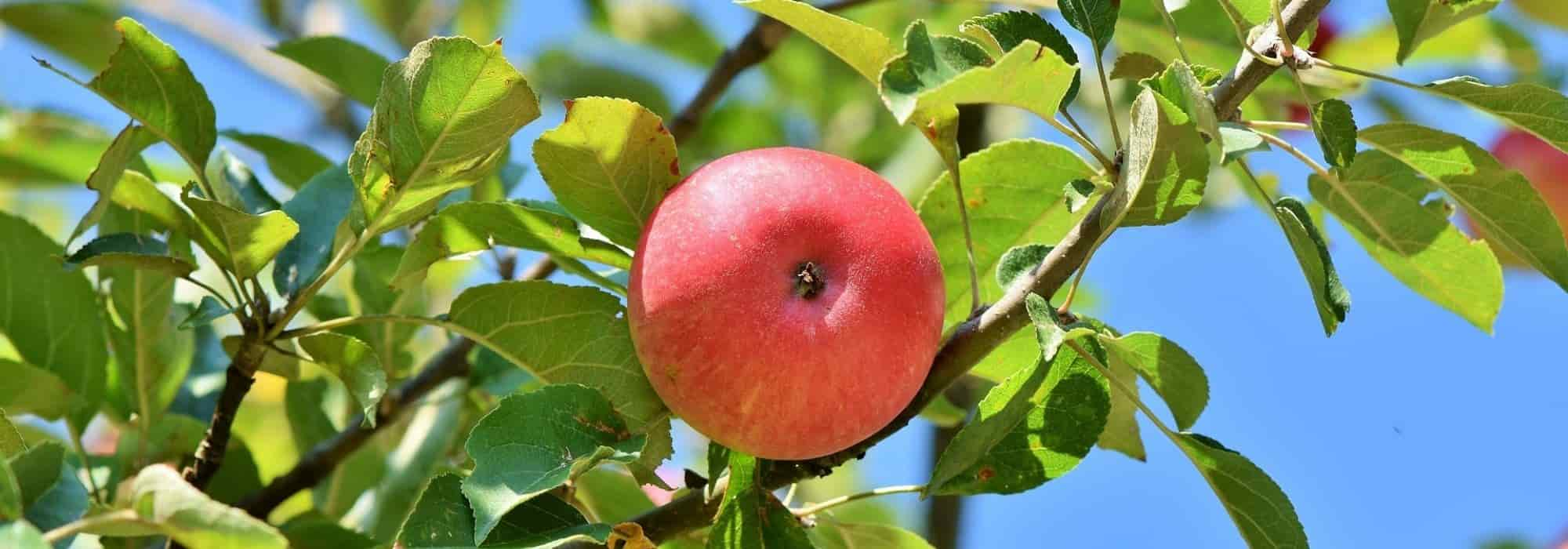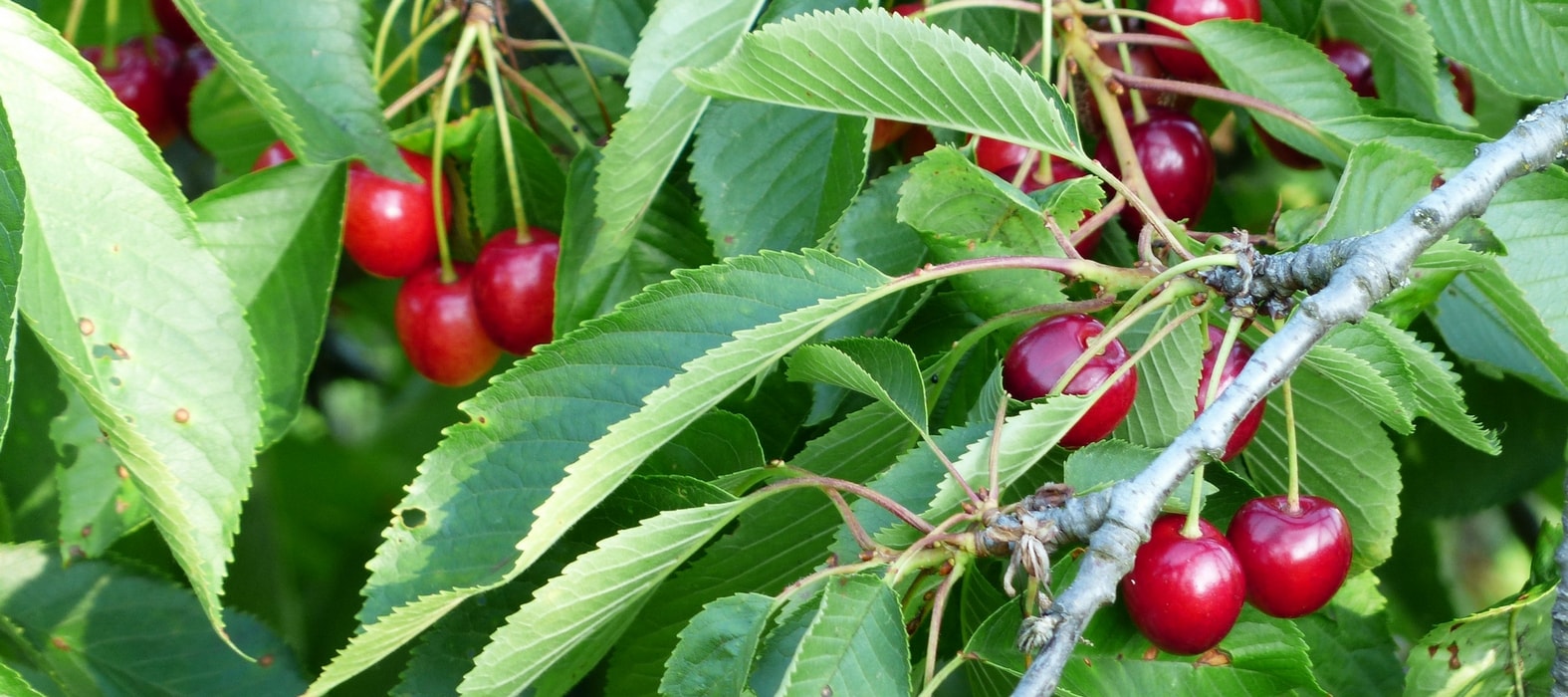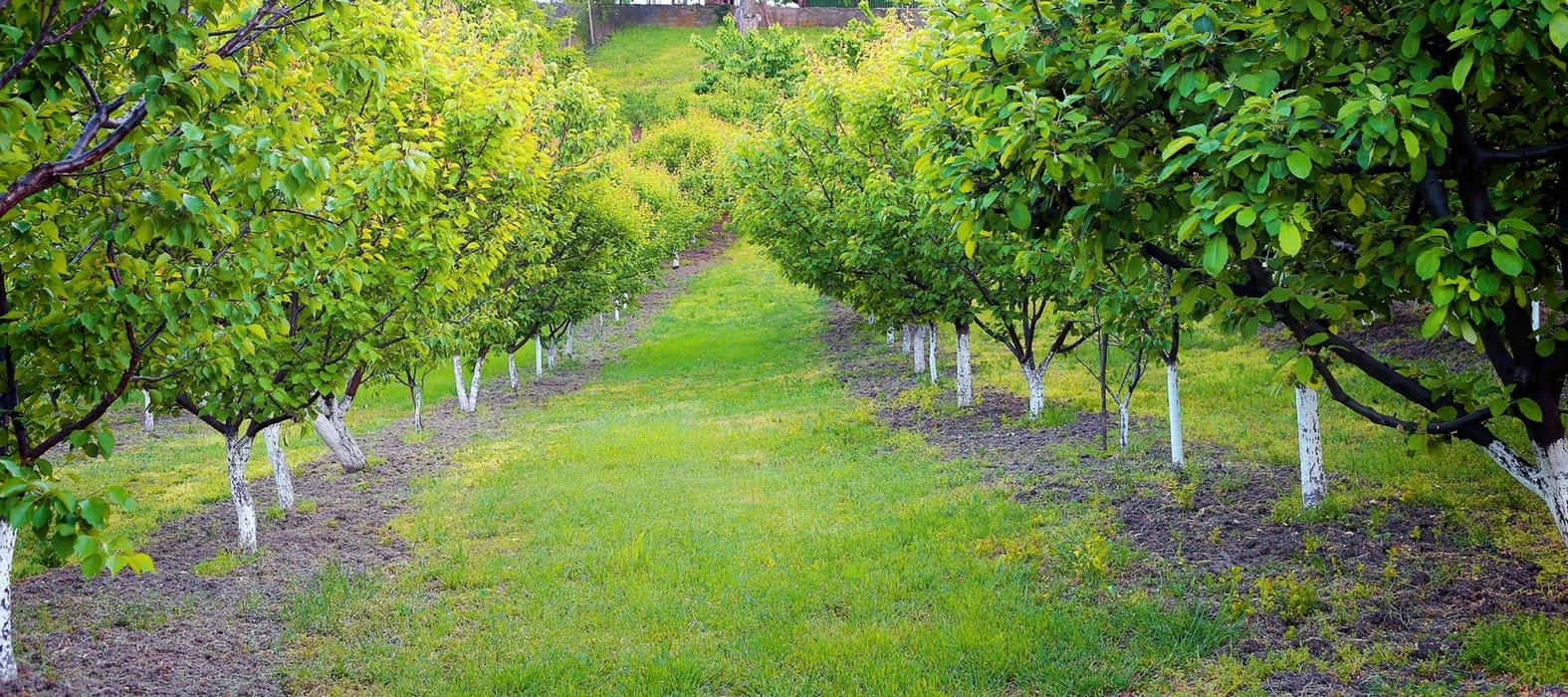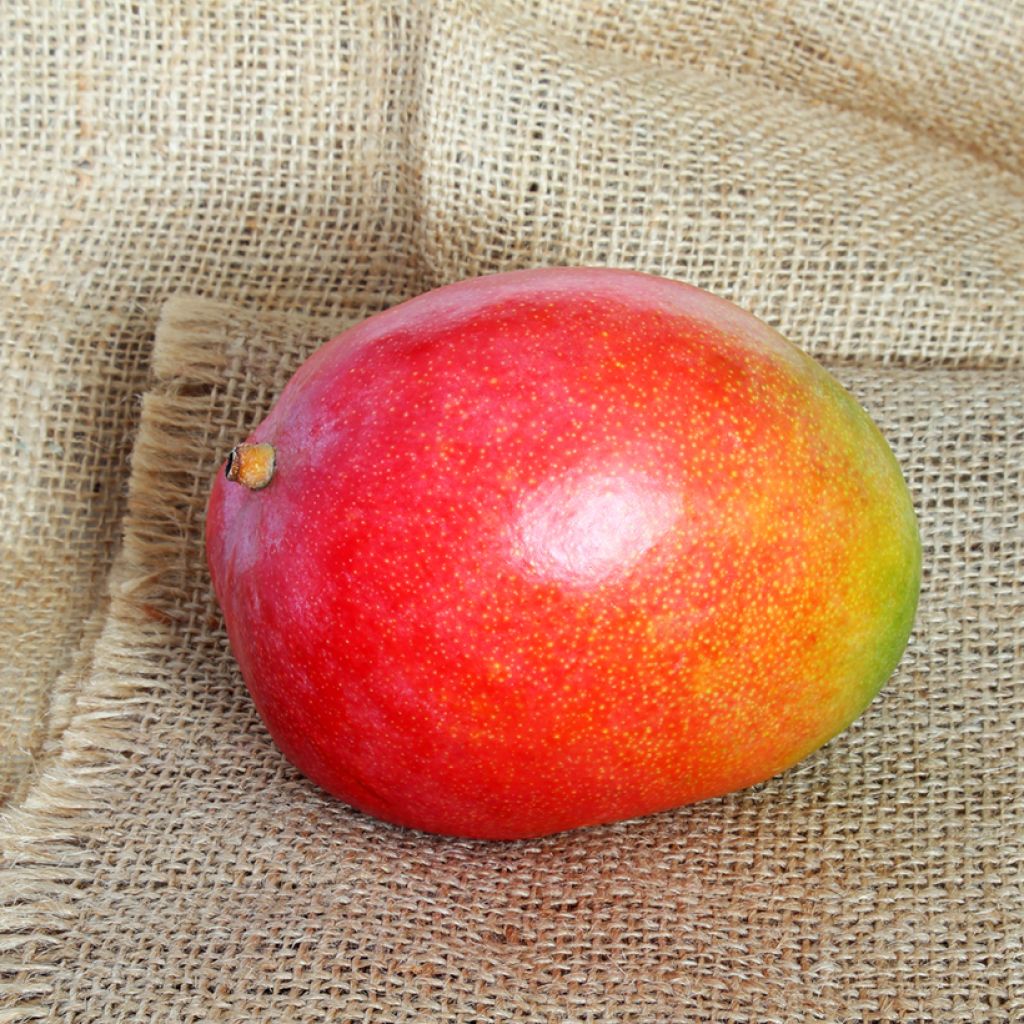

Mango tree Kent - Mangifera indica
Mango tree Kent - Mangifera indica
Mangifera indica Kent
Mango
Special offer!
Receive a €20 voucher for any order over €90 (excluding delivery costs, credit notes, and plastic-free options)!
1- Add your favorite plants to your cart.
2- Once you have reached €90, confirm your order (you can even choose the delivery date!).
3- As soon as your order is shipped, you will receive an email containing your voucher code, valid for 3 months (90 days).
Your voucher is unique and can only be used once, for any order with a minimum value of €20, excluding delivery costs.
Can be combined with other current offers, non-divisible and non-refundable.
This plant carries a 6 months recovery warranty
More information
We guarantee the quality of our plants for a full growing cycle, and will replace at our expense any plant that fails to recover under normal climatic and planting conditions.
Description
Mangifera indica 'Kent' is a well-known mango tree cultivar, widely grown for its late, abundant production of excellent flavour. This tree only thrives properly in tropical or subtropical climates, requiring long warm periods and mild winters. It can be grown outdoors in southern Europe, but elsewhere it makes a fine greenhouse or conservatory plant.
The 'Kent' mango tree, like all mango trees, belongs to the Anacardiaceae family. This cultivar was discovered in 1938 in Florida, USA, by Leith Dunlop Kent, who planted a seedling of the 'Brooks' variety in his garden in Coconut Grove in 1933. It is a medium to large-sized tree, typically reaching between 6 and 10 metres in height when grown outdoors. It has a dense, rounded habit, with large, dark green, glossy, elongated evergreen leaves. The tree grows vigorously and provides dense shade, making it a favourite in tropical and subtropical gardens.
The flowering of the 'Kent' mango tree is rare in temperate climates, occurring in spring. It produces clusters of small, cream-white flowers. After flowering, large oval fruits develop. 'Kent' mangoes are usually large, with smooth skin that turns from green to red with yellow hues when ripe. Their flesh is yellow, juicy, sweet, and almost fibre-free, making them one of the best varieties for fresh consumption. The harvest typically takes place in late summer, extending the mango season into autumn.
The Mangifera genus includes many species of mango trees, primarily native to southern Asia, particularly India, Myanmar, and Bangladesh. Mangifera indica is the most widely cultivated species, prized for its delicious and nutritious fruits. In the wild, these trees grow in tropical and subtropical forests, preferring warm climates with a well-defined dry season.
To cultivate the 'Kent' mango tree, it is essential to provide a location with at least 6 to 8 hours of sunlight per day. Indoors, avoid placing it directly behind unshaded glass. The tree prefers moderate relative humidity, around 50 to 60%, and ideal temperatures between 24 and 32°C. It is highly sensitive to frost and requires protection from temperatures below 3°C. In regions with cool winters, container cultivation is essential to bring the tree indoors or into a greenhouse during cold periods.
To grow a 'Kent' mango tree at home, plant it in a large pot sheltered from the cold, ideally in a conservatory, greenhouse, or even indoors. As a potted houseplant, it reaches about 1.5 metres in height. The mango tree thrives in a sandy, humus-bearing, well-drained substrate that stays moist. It makes a stunning indoor plant, thanks to its new leaves, which display striking pink-bronze to dark red hues before turning green. In summer, typical indoor temperatures suit it perfectly, while in winter, a very bright room at 15°C is ideal. During summer, you can move it outdoors to a sheltered, partially shaded spot in the garden.
Report an error about the product description
Mango tree Kent - Mangifera indica in pictures
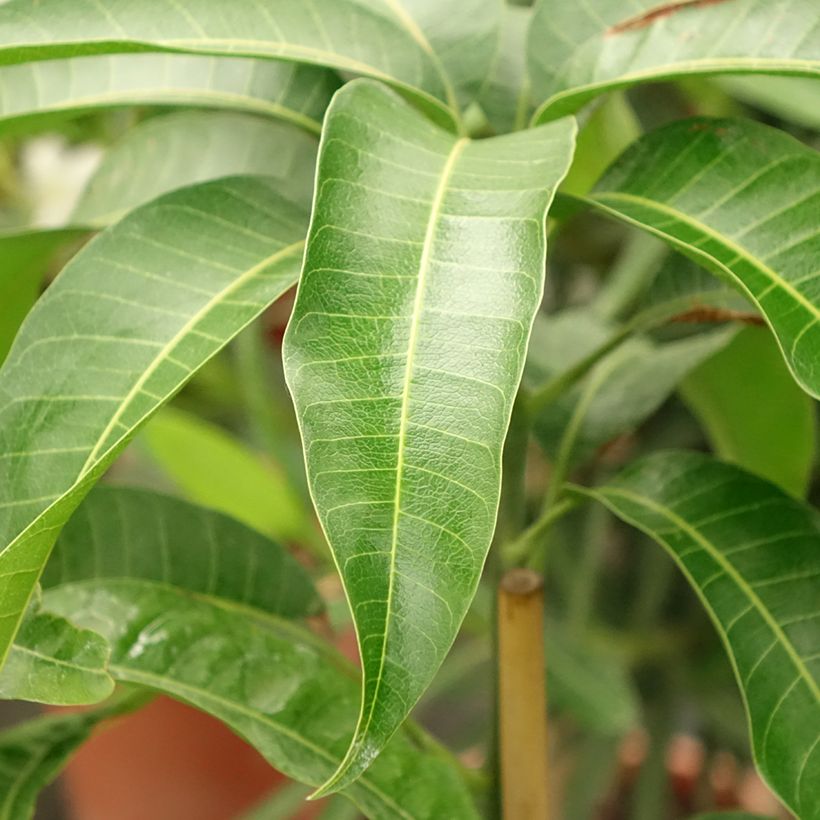

Plant habit
Fruit
Flowering
Foliage
Botanical data
Mangifera
indica
Kent
Anacardiaceae
Mango
Mangifera mekongensis, Mangifera amba, Mangifera austroyunnanensis, Mangifera siamensis
Cultivar or hybrid
Other Mango Tree - Mangifera indica
View all →Planting and care
Plant Mangifera indica 'Kent' in a large pot, ideally in a conservatory or temperate greenhouse, even indoors. Inside, the mango tree thrives in full light without direct sunlight, in a sandy, well-drained substrate that remains moist. The optimal growing temperature for the mango tree is between 21°C and 26°C. This fruit tree dislikes cold temperatures and particularly frost. In summer, the temperatures of our interiors suit it perfectly, while in winter, a very bright room at 15°C will keep it happy. In summer, you can move it outdoors to the garden, in partial shade, in a well-sheltered, warm spot. Water frequently in summer to keep the substrate slightly moist.
Plant it in a mix of compost and sand. Add well-rotted manure or compost at planting time. Feed regularly from spring to autumn, approximately every two weeks.
Planting period
Intended location
Care
Planting & care advice
This item has not been reviewed yet - be the first to leave a review about it.
Haven't found what you were looking for?
Hardiness is the lowest winter temperature a plant can endure without suffering serious damage or even dying. However, hardiness is affected by location (a sheltered area, such as a patio), protection (winter cover) and soil type (hardiness is improved by well-drained soil).

Photo Sharing Terms & Conditions
In order to encourage gardeners to interact and share their experiences, Promesse de fleurs offers various media enabling content to be uploaded onto its Site - in particular via the ‘Photo sharing’ module.
The User agrees to refrain from:
- Posting any content that is illegal, prejudicial, insulting, racist, inciteful to hatred, revisionist, contrary to public decency, that infringes on privacy or on the privacy rights of third parties, in particular the publicity rights of persons and goods, intellectual property rights, or the right to privacy.
- Submitting content on behalf of a third party;
- Impersonate the identity of a third party and/or publish any personal information about a third party;
In general, the User undertakes to refrain from any unethical behaviour.
All Content (in particular text, comments, files, images, photos, videos, creative works, etc.), which may be subject to property or intellectual property rights, image or other private rights, shall remain the property of the User, subject to the limited rights granted by the terms of the licence granted by Promesse de fleurs as stated below. Users are at liberty to publish or not to publish such Content on the Site, notably via the ‘Photo Sharing’ facility, and accept that this Content shall be made public and freely accessible, notably on the Internet.
Users further acknowledge, undertake to have ,and guarantee that they hold all necessary rights and permissions to publish such material on the Site, in particular with regard to the legislation in force pertaining to any privacy, property, intellectual property, image, or contractual rights, or rights of any other nature. By publishing such Content on the Site, Users acknowledge accepting full liability as publishers of the Content within the meaning of the law, and grant Promesse de fleurs, free of charge, an inclusive, worldwide licence for the said Content for the entire duration of its publication, including all reproduction, representation, up/downloading, displaying, performing, transmission, and storage rights.
Users also grant permission for their name to be linked to the Content and accept that this link may not always be made available.
By engaging in posting material, Users consent to their Content becoming automatically accessible on the Internet, in particular on other sites and/or blogs and/or web pages of the Promesse de fleurs site, including in particular social pages and the Promesse de fleurs catalogue.
Users may secure the removal of entrusted content free of charge by issuing a simple request via our contact form.
The flowering period indicated on our website applies to countries and regions located in USDA zone 8 (France, the United Kingdom, Ireland, the Netherlands, etc.)
It will vary according to where you live:
- In zones 9 to 10 (Italy, Spain, Greece, etc.), flowering will occur about 2 to 4 weeks earlier.
- In zones 6 to 7 (Germany, Poland, Slovenia, and lower mountainous regions), flowering will be delayed by 2 to 3 weeks.
- In zone 5 (Central Europe, Scandinavia), blooming will be delayed by 3 to 5 weeks.
In temperate climates, pruning of spring-flowering shrubs (forsythia, spireas, etc.) should be done just after flowering.
Pruning of summer-flowering shrubs (Indian Lilac, Perovskia, etc.) can be done in winter or spring.
In cold regions as well as with frost-sensitive plants, avoid pruning too early when severe frosts may still occur.
The planting period indicated on our website applies to countries and regions located in USDA zone 8 (France, United Kingdom, Ireland, Netherlands).
It will vary according to where you live:
- In Mediterranean zones (Marseille, Madrid, Milan, etc.), autumn and winter are the best planting periods.
- In continental zones (Strasbourg, Munich, Vienna, etc.), delay planting by 2 to 3 weeks in spring and bring it forward by 2 to 4 weeks in autumn.
- In mountainous regions (the Alps, Pyrenees, Carpathians, etc.), it is best to plant in late spring (May-June) or late summer (August-September).
The harvesting period indicated on our website applies to countries and regions in USDA zone 8 (France, England, Ireland, the Netherlands).
In colder areas (Scandinavia, Poland, Austria...) fruit and vegetable harvests are likely to be delayed by 3-4 weeks.
In warmer areas (Italy, Spain, Greece, etc.), harvesting will probably take place earlier, depending on weather conditions.
The sowing periods indicated on our website apply to countries and regions within USDA Zone 8 (France, UK, Ireland, Netherlands).
In colder areas (Scandinavia, Poland, Austria...), delay any outdoor sowing by 3-4 weeks, or sow under glass.
In warmer climes (Italy, Spain, Greece, etc.), bring outdoor sowing forward by a few weeks.






























